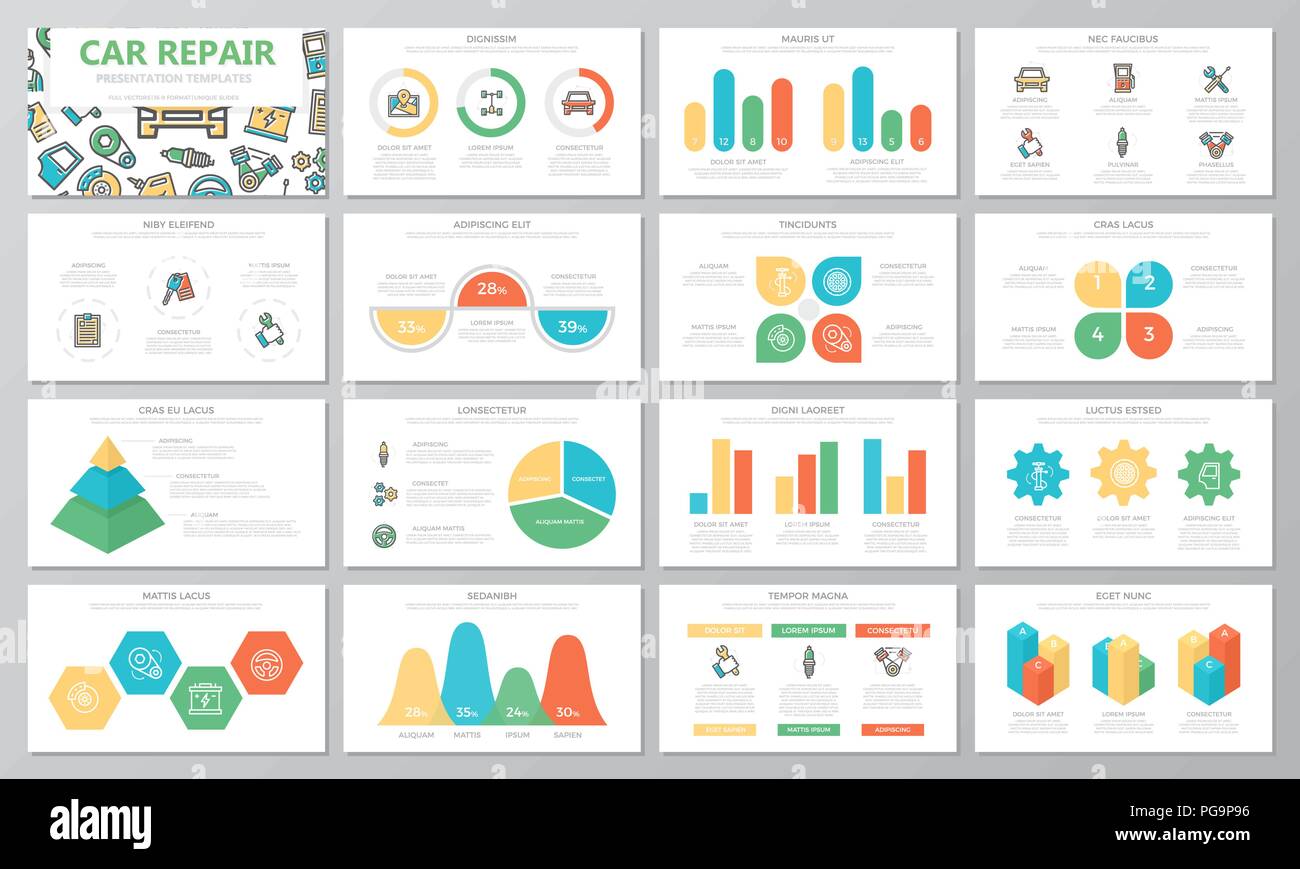Enlighten Yourself On The Control Panel Caution Lights In Your Automobile To Comprehend Their Influence On The Health And Safety Of Your Vehicle
Enlighten Yourself On The Control Panel Caution Lights In Your Automobile To Comprehend Their Influence On The Health And Safety Of Your Vehicle
Blog Article
https://brake-service84061.jaiblogs.com/57194673/begin-your-auto-repair-work-trip-by-asking-these-10-necessary-questions-to-your-technician-before-beginning-any-kind-of-repair-services -Wilkinson Crawford
When you're behind the wheel, those glowing caution lights on your control panel can be a bit bewildering. Do you understand what they're attempting to inform you about your auto's health? Understanding the importance of these lights is essential for your security and the longevity of your automobile. So, the following time one of those lights pops up, wouldn't you wish to decipher its message precisely and take the essential actions to address it?
Common Warning Lights and Interpretations
Identify typical caution lights in your cars and truck and comprehend their meanings to make certain safe driving.
One of the most regular caution lights include the check engine light, which signifies issues with the engine or exhausts system. If this light comes on, it's essential to have your automobile examined without delay.
The oil pressure advising light shows reduced oil pressure, requiring instant interest to prevent engine damages.
A flashing battery light could recommend a malfunctioning billing system, possibly leaving you stranded otherwise addressed.
The tire pressure surveillance system (TPMS) light signals you to reduced tire stress, affecting car stability and fuel efficiency. Ignoring this could result in harmful driving problems.
The abdominal light shows a trouble with the anti-lock braking system, jeopardizing your ability to quit promptly in emergencies.
Finally, the coolant temperature alerting light warns of engine overheating, which can result in severe damage if not solved swiftly.
Understanding these common warning lights will aid you attend to problems promptly and keep risk-free driving conditions.
Relevance of Prompt Interest
Understanding the typical warning lights in your cars and truck is only the very first step; the importance of quickly addressing these warnings can not be emphasized enough to ensure your safety and security when traveling.
When a caution light brightens on your dashboard, it's your automobile's way of connecting a potential issue that requires attention. Ignoring these warnings can lead to much more serious problems later on, jeopardizing your safety and possibly costing you much more in repairs.
Motivate attention to alerting lights can stop failures and crashes. As an example, a flashing check engine light might indicate a misfire that, if left unattended, might trigger damage to the catalytic converter. Addressing https://www.aarp.org/auto/car-maintenance-safety/info-2021/key-fob-repair-and-replacement-tips.html without delay can conserve you from a costly repair work.
Similarly, a brake system cautioning light could signify reduced brake liquid or used brake pads, vital parts for your safety when driving.
Do It Yourself Troubleshooting Tips
If you observe a warning light on your dashboard, there are a few do it yourself fixing ideas you can try before seeking professional aid.
The primary step is to consult your vehicle's guidebook to recognize what the particular caution light indicates. Sometimes the concern can be as basic as a loosened gas cap activating the check engine light. Tightening up the gas cap might fix the trouble.
An additional usual issue is a reduced battery, which can set off different cautioning lights. Inspecting the battery connections for deterioration and guaranteeing they're safe and secure might deal with the trouble.
If a warning light lingers, you can try resetting it by separating the vehicle's battery for a few minutes and afterwards reconnecting it. Furthermore, checking your car's liquid levels, such as oil, coolant, and brake fluid, can assist troubleshoot cautioning lights related to these systems.
Conclusion
In conclusion, comprehending your cars and truck's caution lights is vital for keeping your vehicle running smoothly and securely. By promptly resolving these signals and knowing what they mean, you can avoid pricey repair work and prospective failures.
Bear in mind to consult your car's manual for certain details on each cautioning light and act as necessary to guarantee a hassle-free driving experience.
Remain notified, stay secure when traveling!
